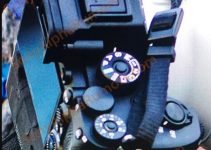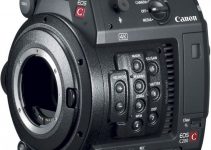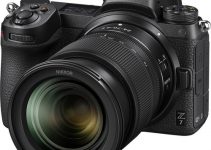Ah, the venerable green screen. Many of the biggest movies of the past couple decades relied so heavily on the technology to create the incredible special effects. Making all the Marvel movies meant shooting on sets that were essentially entirely green (or blue) screens, for example. The best part about green screens is that the tech isn’t limited to big-budget motion pictures. It’s very achievable at home.
If you want some ideas for green screen effects you can get started with, Brandon Fate has put together a quick tutorial featuring five creative effects. It’s a good collection of basic and interesting but not too far out of reach of your everyday shooter. He also uses Premiere Pro for everything and a little After Effects for the very last effect.
Fate doesn’t go too in depth on how to use green screens effectively, so let me tell you about that. When setting up and shooting with green screen the most important thing is even lighting. You want the green in the background to be very even to make pulling a key in your NLE simple and effective.
It doesn’t have to be perfect, but it can help a lot. The next tip is to try and keep as much space between your subject and the background, this isn’t always possible but it helps avoid the green from bouncing onto your subject. I think that’s a good start.
1. Coming Out of a TV
This one looks cool and easy. You’ll need to set up two green screens: one for the foreground and one for the background. In his shot he stepped over the front green screen and onto a table. Bringing that into Premiere, he masks himself and the table out from the rest and then keys the green screen out.
Dropping that over a shot of the TV, he then repositions and scales himself to match the bottom of the TV and that is pretty much all it takes to pull off. Adding a small shadow helps. He did add a screenshot to the TV to make it look like it had something on.
2. Floating Object
Next is another quick one, making an object appear to be floating. This was another two clip shot. First, he took a shot with the object hanging in front of a blue screen.
Then he shot the same location but with him in it pretending to levitate the hammer. Masking around the hammer will get rid of the string for hanging, key out the blue, and then drop it on top of the other clip is all you need.
3. Flying Car
This one is cool, but does require a drone. His version requires two angles, and therefore four separate shots. The first is a side angle from inside the car with a green screen covering the entire outside you can see through the car windows.
The second shot is from the back seat looking out the front windshield into a green screen.
Taking your drone, match up the height of the first shot and then shoot straight up, if you want to add some turning you’ll want to perform a drone turn that matches up with your actor’s movements.
Do the same thing for the second shot. Having them match up allows for easy editing between the two takes.
Bringing it into Premiere you should know what to do by now. Key out the green and then drop the shot over top your new drone footage. Match it up timing-wise with your other takes and you are done!
4. Shrink Effect
Okay this one is really easy. Take some footage of a person walking in front of a green screen, ideally looking at something to be featured in the main shot to sell the effect. Then take a close up of a small object.
Key out the green behind the person, take the footage and drop it over your close up, and then scale it to match. Duplicate it, mirror it horizontally to act as a reflection and then drop the opacity and add some blur to make it look more realistic. It’s a fun little trick.
5. Balance Beam
Ever wanted to walk across a small beam way high up in the air? Me neither, but you can make a cool effect that looks like you did.
Throwing a green screen on the ground and then building a balance beam over top of it you can start recording the main shot. Strap a GoPro to your head and look down while walking across the beam.
Bring the footage into After Effects and use tracking (Fate uses Mocha) to tack movements in the shot using a still object in the frame. Apply that tracking to a null object.
Then, after finding a nice stock background image or video that shows the view you want you can pair the null object to it. This will have the background movements match the camera movement. Turn on some motion blur and you are ready.
That was a solid collection of easy to achieve effects. Might be time to start experimenting yourself.
[source: Brandon Fate]
Order Links:
Disclaimer: As an Amazon Associate partner and participant in B&H and Adorama Affiliate programmes, we earn a small comission from each purchase made through the affiliate links listed above at no additional cost to you.
Claim your copy of DAVINCI RESOLVE - SIMPLIFIED COURSE with 50% off! Get Instant Access!





